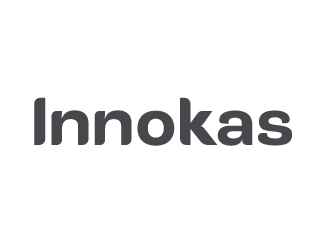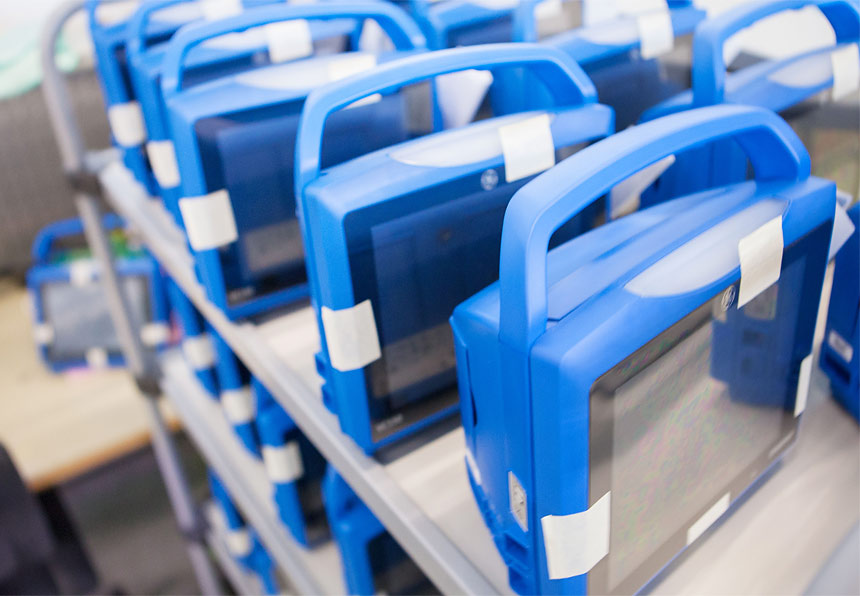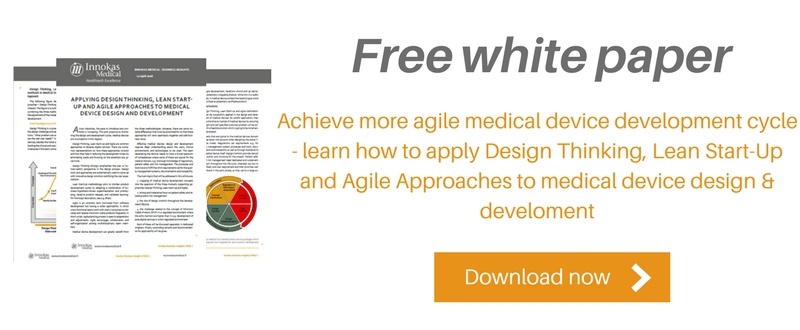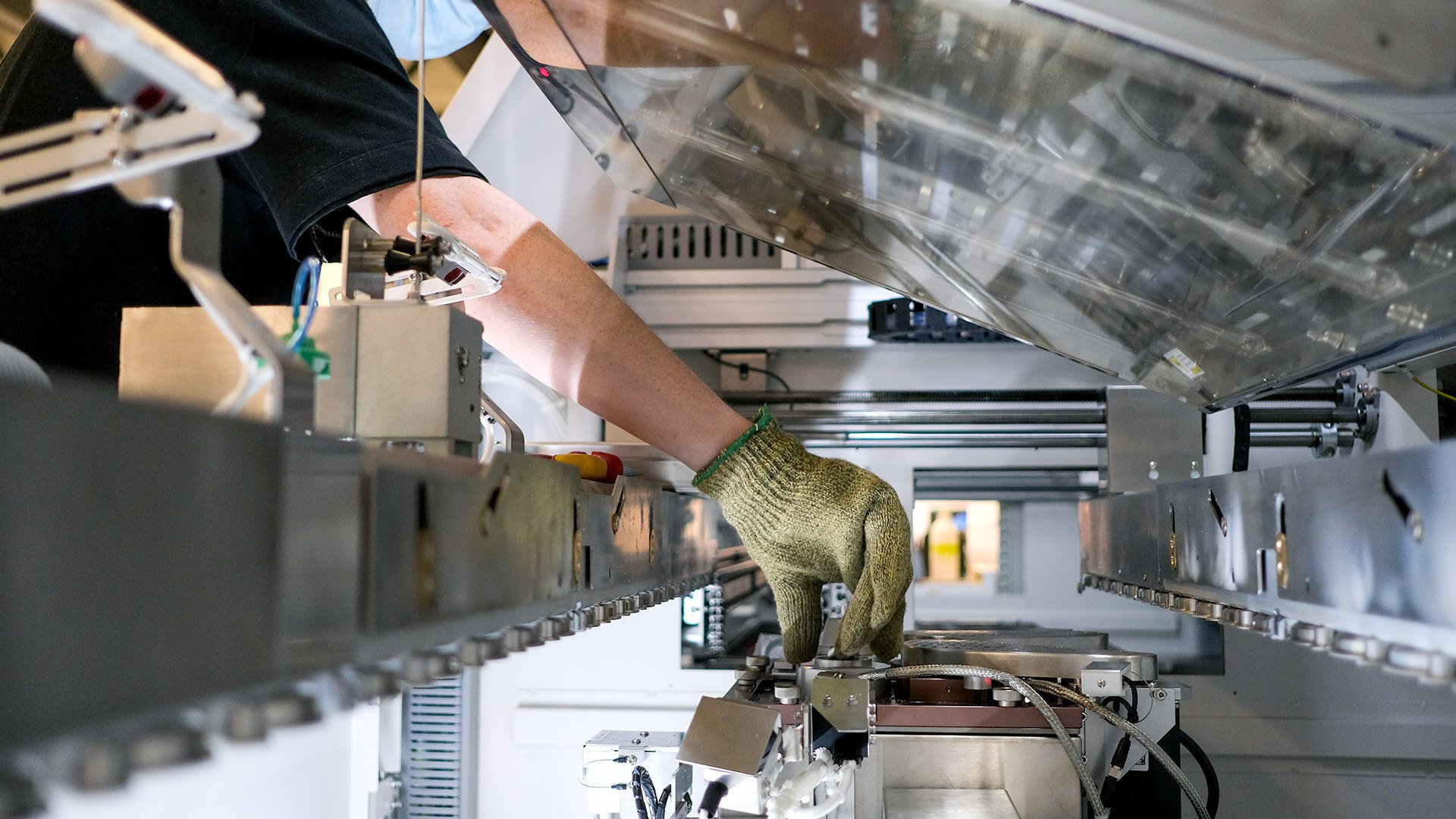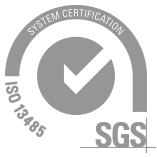Medical device industry is commonly characterized as regulated domain. Before introducing new medical devices to the market, there’s much more than simply coming up with an innovative idea, building it, and offering it to the masses. Designing and developing medical devices is actually a very complex process full of needs, specifications, regulations and requirements set by authorities, patients and end users - all of which must be considered and compiled to create a successful medical product.
Many companies who are entering the medical device domain or haven’t been here for a while, might consider that there is an oath for clear guidelines and perfectly pre-specified designs. Whether you like it or not, medical device standards are surprisingly indefinite and sometimes even ambiguous. It might sometimes feel clear at first sight, but problems arise when trying to apply them in practice.
A unique industry requires unique skills
Medical device design and development are subject to a set of defined Design Controls requiring medical device developers and manufacturers to follow methodologically-proven processes.
Design Controls provide a well-defined path from planning, via design and implementation to verification and validation, where everything is thoroughly documented, risks are controlled, and traceability is visible from end-to-end. The intent of design controls is to make sure that the device is safe and effective.
This might sound clear. But when combining Risk Management and QMS process requirements with requirements of the Medical Device safety standards and moreover with the requirements of different national regulations and directives, it may cause headaches to companies and lead to troublesome never-ending logical loops without reasonable exit.
How and why? Well, let’s take an example.
If it can be reasonably foreseen, you should mitigate risk of device dropping and causing harm to the patient. “State-of-the-art” mitigation for this is to follow design guidelines of given safety standard (IEC 60101-1). As dictated by the quality standard you should consider outputs of the risk management as input for the design and state the risk control as your product requirement or “design input”. Then we follow that “the device shall comply with IEC 60601-1”.
After reading the standard you’ll conclude that there are no strict requirements how thick the enclosure should be, or which materials should be used - but you’ll find a drop test, which the device must pass. BUT - it really might surprise you that there are no written acceptability criteria for passing that drop test, but a circumlocution “after the test, the device, any of its parts or the accessory shall not result in an unacceptable risk”. The justification for risk acceptability must originate to the risk management file of responsible manufacturer. This is when you go back to your hazard matrix and search for “dropping”. And what was the mitigation again…?
Well, this is not the whole story. And yes, there is a way out of this loop. But unfortunately, the thought process differs for different hazards. In some cases, you need to analyse whether the “state-of-the-art-boundaries” are sufficient for your application (e.g. spillage) or if additional testing is required. There are over 80 of them given in the main standard but unfortunately the list is not exhaustive. And now we’re referring to IECEE OD-2044 here.
There must be many reasons for expressing acceptance criteria like this. One is obviously that standard committees do not want to stand in a way of technology development. On the other hand, dropping of a life-supporting device is more critical than dropping of a measurement device. In some cases, there is a particular standard, which provides an answer, but unfortunately that is not always the case.
Medical device design and development in regulated world – success factors
When giving you a closure, we think there are few success factors that should be noted to get high-quality medical product to the market smoothly.
One important activity is to recognize the correct timing of detailed documentation. You should also recognize and understand the high-level requirements of safety standards in concept phase, which helps you to build a risk-based framework for the architecture as well as mandatory V&V activities.
In the early concept phase there is room for design thinking, user research and flexibility before the strict Design Controls truly kick in, but that said, it should be noted that in the medical device domain, things must be done systematically from the early beginning. Quality and regulatory compliance are also something that MUST be recognized and understood already at the concept phase. It’s also important to commit to specified risk acceptability criteria already from the concept phase - which is weighed against the medical benefit. If you find yourself writing the risk acceptability criteria only few days prior to official safety tests, you should be prepared that things might be getting from bad to worse.
It’s true that complying with standards is not rocket science, but many times finding the information from the standards and regulations and making necessary interpretations is time-consuming - even for experienced QA&RA specialists. Related to this, there are few tips to tackle the problems. Firstly, create and have a good communication between notified bodies, test laboratories and competent authority throughout the development cycle. It is a must. Additionally, you should co-create with professional cooperation partners who can bring you the expertise and experience your company is lack of.
In addition to the importance of quality and regulatory compliance, the whole medical device development process should follow certain rules and best practices to achieve the more agile medical device development cycle. According to our studies, the commonly known three methodologies of product development - Design Thinking, Lean Start-Up and Agile methodologies - are something that can be successfully applied to the design and development of medical devices. When done properly, they reduce the time to market of the device by ensuring that right and well specified customer problem will be solved with a feasible solution, which is going to be incrementally developed.
In our White Paper we’ll describe in a detailed level how to get high-quality medical product to the market as quickly as possible by using these three methodologies. Please, download your free White Paper below!

